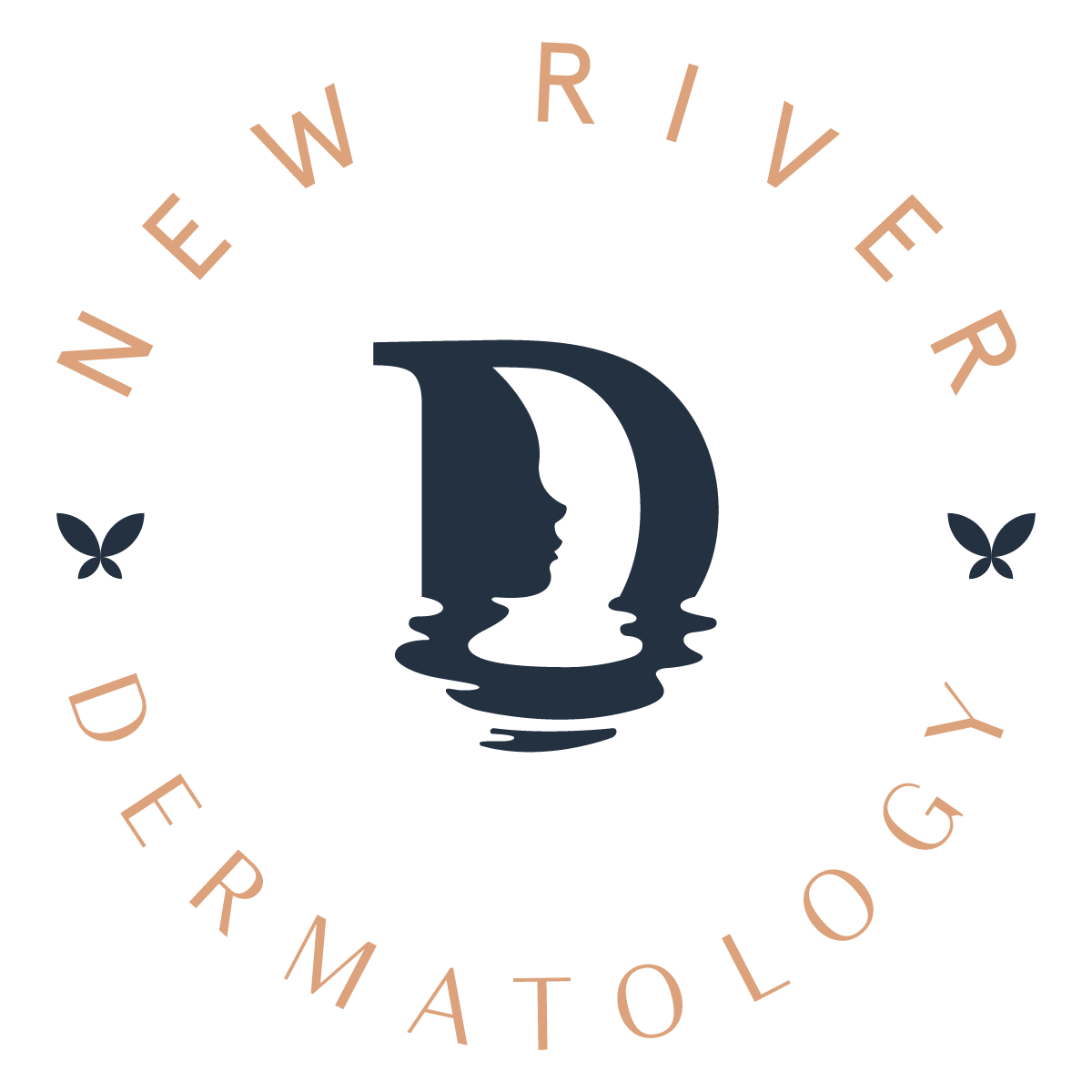Spring Break Sun Care
It’s the time of the year when students flock to Cancún, Miami, or anywhere warm for spring break, hoping for a relaxing week of fun in the sun. And for some of those students, sun protection is the last thing on their minds.
Just because spring break falls in early spring, doesn’t mean sunburn is out of the question; remember, you can get sunburned in the winter, too! Ultraviolet radiation (UV rays) are at their strongest during the spring and summer months, and UV rays are the most powerful between 10 a.m. and 4 p.m.: the same hours when you’ll be most active outside.
No matter where you go or what you’re doing during spring break, it’s important to keep your skin protected from harmful UV rays. According to the American Academy of Dermatology, it is estimated that one in five Americans will develop skin cancer in their lifetime. Skin cancer does not discriminate based on age, gender or race, and everyone is susceptible. And all it takes is one bad sunburn to increase your chances of developing skin cancer.
The general rule of thumb for sun protection is to apply sunscreen with an SPF of 30 or greater, every two hours; more often than that if you are swimming or sweating as this tends to dilute the sunscreen effect. We recommend applying sunscreen to your face every morning, not just on the days you are planning on extended periods of sun exposure. This can help head off any premature wrinkles and cell damage caused by daily UV radiation exposure you didn’t even realize you were getting (i.e. from the window of your car!).
Things to Consider:
Pre-tanning: No matter how many rumors you’ve heard, tanning beds can cause premature aging and skin cancer. Instead, consider pre-tanning prior to your trip with a spray tan or at-home self-tanner, instead of UV rays. There are plenty of effective self-tanners on the market that offer the perception of spending hours tanning but without the skin damage.
Sunscreen: We can’t tell you enough how important sunscreen is to keep you and your skin healthy and happy. Although sprays are many people’s go-to thanks to their ease of application, lotion allows for a more even and thorough coverage. The breakdown of SPF protection benefits are as follows:
SPF 15 will allow 7% of UVB radiation through to the skin
SPF 30 will allow 4% of UVB radiation through to the skin
SPF 60 will allow 2% of UVB radiation through to the skin
Prescriptions: Be mindful of your current medications and if they have the potential to cause increase sun sensitivity. Certain antibiotics in addition to topical treatments, like Tretinoin (Retin-A), actually cause your skin to become more susceptible to sunburns. Always read the warnings!
Make an appointment: In addition to conducting regular self-examinations, we also advise scheduling yearly check ins with your dermatologist. If you ever notice skin abnormalities or have concerns arise, do not hesitate to make an appointment!
We hope everyone has a safe & relaxing spring break; don’t forget your sunscreen!

